
Besan ladoo are delicious sweet balls made with gram flour, sugar, ghee & cardamoms
Besan (or gram flour) is an all-time essential ingredient, especially in Indian kitchens. We use besan to make pakoras and batata vada, and also to make sweet treats like ladoos, barfi, and halwa, among many other famous Indian dishes. Besan is a staple ingredient in Bangladeshi, Sri Lankan, Pakistani, Nepali, and Burmese cuisines as well.
The Benefits of Besan
While besan is mostly associated with preparing unhealthy foods rich in sugar or oil, it does have some benefits for the human body.
It’s a gluten-free alternative to wheat flour, so it’s a perfect choice for gluten-intolerant people. It’s also rich in Vitamins A and K, and contains other vital components like calcium, magnesium, potassium, zinc, iron, phosphorus, manganese, selenium, and copper. It’s an excellent source of protein for vegans and a good substitute for eggs. Besides this, it contains a beneficial antioxidant called polyphenol which is believed to reduce the formation of harmful compounds in processed foods. Besan is also packed with fibre, which may help improve blood fat levels.
Besan Adulteration
Besan, like many other kitchen ingredients, can be tampered with. This popular ingredient is sold at high prices, and is therefore often adulterated.
In 2019, the Food Safety and Standards Authority of India (FSSAI) issued a Guidance Note titled ‘Ensuring Safety of Pulses and Besan,’ which mentioned that besan can be adulterated with khesari dal, rice, maize flour, yellow peas, and so on. The Note highlighted the major health hazards that artificial colours and khesari dal as adulterants in besan might pose. Synthetic colours such as Metanil Yellow, which are carcinogenic and may cause stomach disorders, are added to besan to enhance its colour. In light of the concerns surrounding the adulteration of besan, the FSSAI shared an experiment on Twitter to detect adulteration in this beloved household ingredient.
How to detect Besan Adulteration
Add 3ml of water to 1gm of besan to extract plant pigments from it. Then, add 2ml of hydrochloric acid (HCl) to the mixture, shake it and allow it to settle.
If the besan is pure and unadulterated, no change in colour will be observed in the mixture. However, the mixture will turn pink if the besan is adulterated, which is how Metanil Yellow reacts with HCl.
Rules and Remedies
Sub-regulation 2.4.4 of the Food Safety and Standards (Food Products and Food Additives) Regulations, 2011 prescribes the composition of unadulterated besan. The regulation reads as follows:
“Besan means the product obtained by grinding dehusked Bengal gram (Cicer arietinum) and shall not contain any added colouring matter or any other foreign ingredient. Besan shall conform to the following standards: Total ash: Not more than 5.0%; Ash insoluble in dilute hydrochloric acid: Not more than 0.5%.”
If they encounter the illegal sale of adulterated foods in their locality, consumers must report such findings to the Food Safety Department or to the concerned State Food Safety Commissioners. Details of the same are provided on the FSSAI website. Consumers also have the option of voicing their concerns on the Food Safety Connect portal.
Besan is one of the most popular, versatile, and well-loved ingredients in Indian cuisine, and is at its best when left unadulterated. Considering the circumstances of the ongoing pandemic, where paying careful attention to one’s health has become crucial, it is important that we take the issue of food adulteration seriously and undertake the adulteration test to stay safe and avoid health hazards.
 Food Manifest
Food Manifest 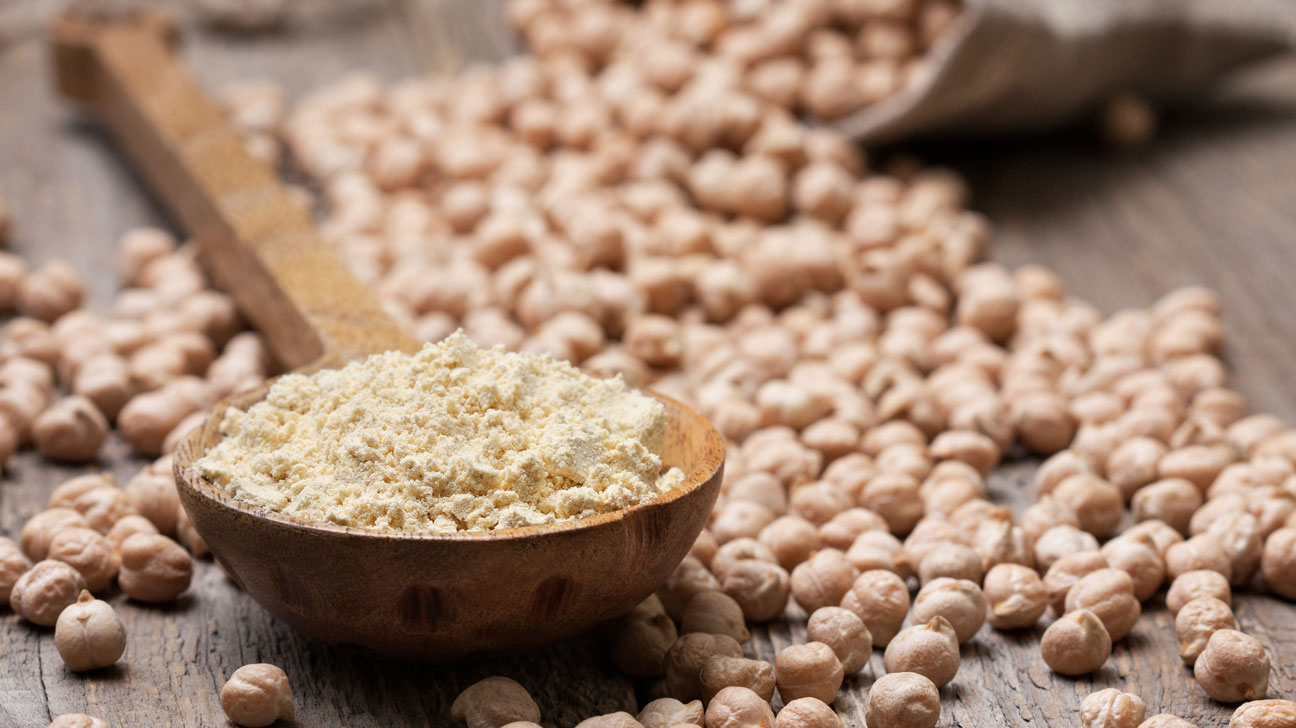


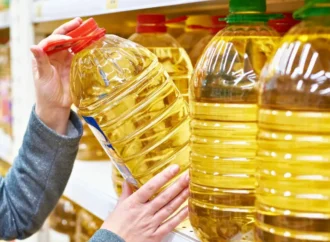




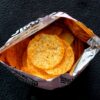
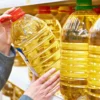

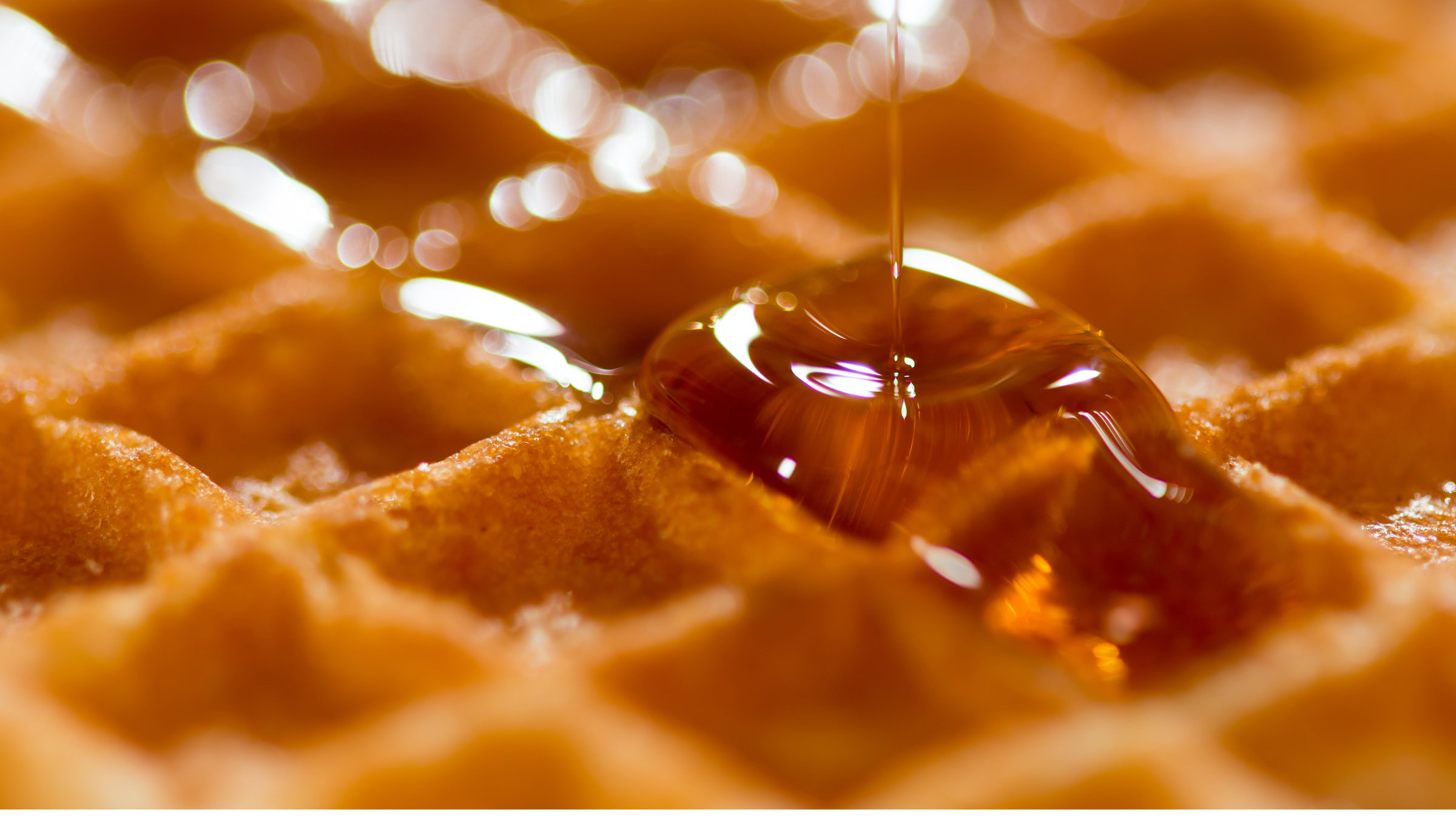



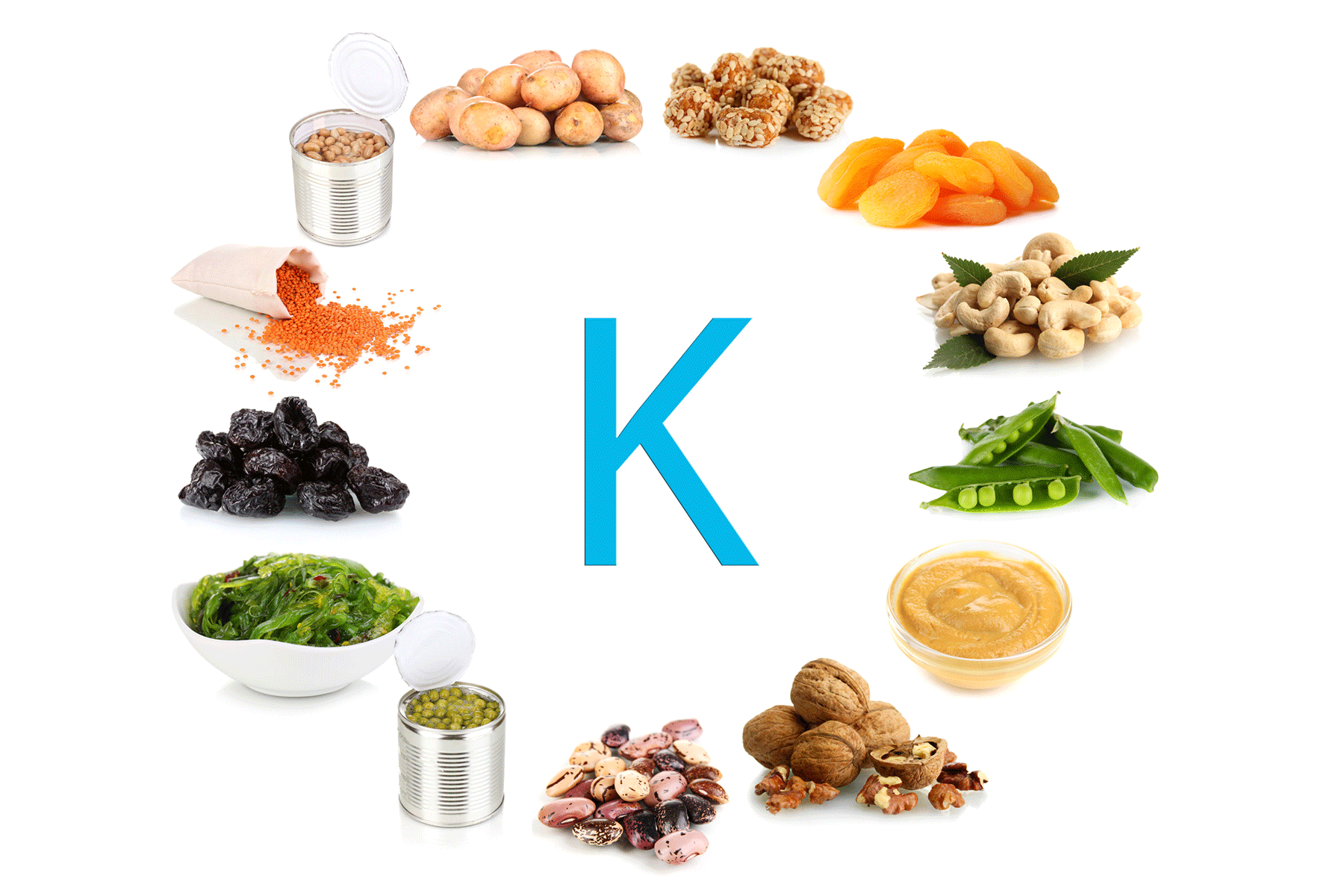
Leave a Comment
Your email address will not be published. Required fields are marked with *